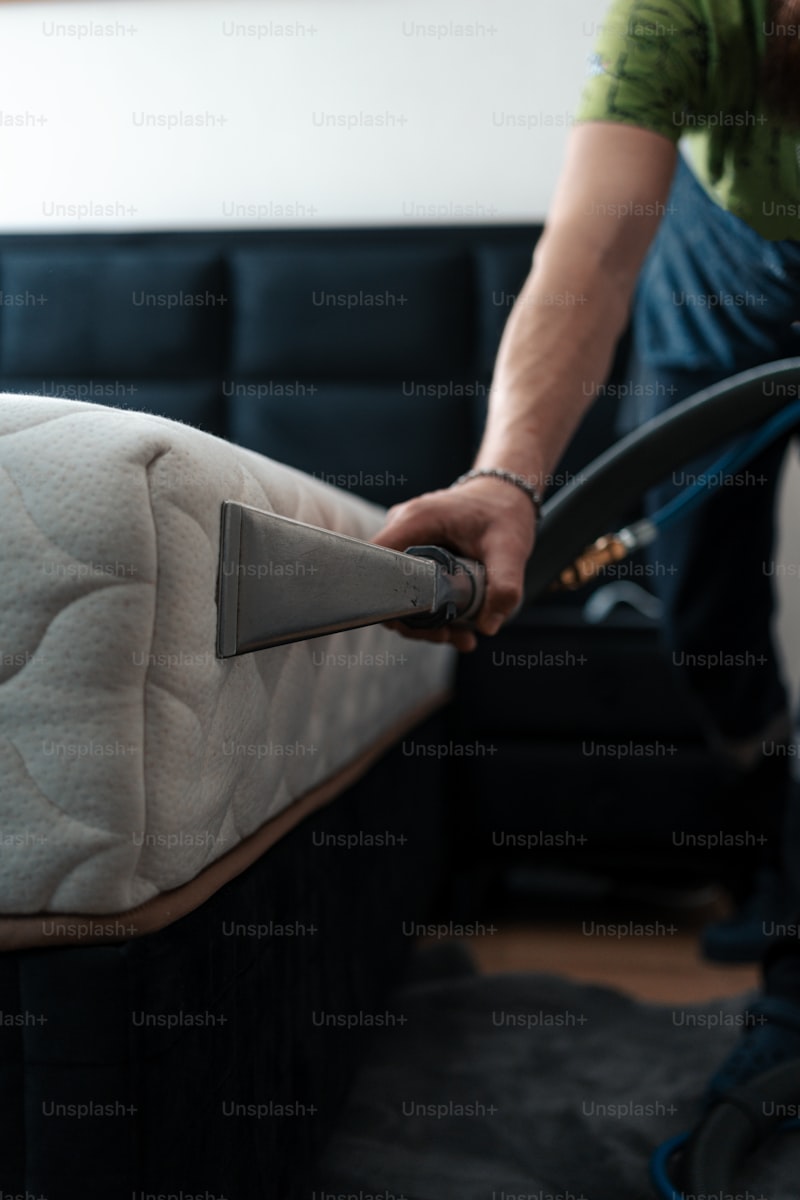So, you’ve got a ride that’s seen better days, and the seats? They’ve taken a beating too. Fear not, because fixing up your car’s upholstery doesn’t have to be rocket science—it’s something you can tackle with a bit of know-how and elbow grease.
Let’s start with the basics: what exactly is car upholstery? It’s not just about the fabric covering your seats; it’s about comfort, style, and that feeling of sliding into your driver’s seat like it’s your personal sanctuary. But when tears, stains, or wear and tear start creeping in, that sanctuary can feel a bit less cozy.
First up, assess the damage. Is it a tear that needs stitching? Or maybe a stubborn stain that’s been staring back at you for months? Identifying the problem is half the battle won.
For tears or rips, you’ll need some upholstery thread, a curved needle, and maybe even some fabric patches if it’s a biggie. Think of it like giving your car’s seat a tiny surgery—precision and patience are your best friends here.
Stains, on the other hand, might require a bit of detective work. What caused it? Coffee mishap? Muddy paw prints? Different stains need different treatments, so grab your upholstery cleaner and get scrubbing—but be gentle!
And hey, if it’s more than you can handle, don’t sweat it. There are professionals out there who live and breathe car upholstery. Sometimes, letting the experts work their magic can save you time and frustration.
Remember, your car’s upholstery isn’t just about looks—it’s about maintaining that personal connection to your vehicle. So whether you DIY it or call in the pros, restoring your car’s interior is all about bringing back that fresh-off-the-lot feeling.
Mastering the Art: Step-by-Step Guide to Repairing Car Upholstery
Repairing your car’s upholstery can seem daunting, but with the right guidance, it’s a skill anyone can master. Whether you’re dealing with tears, burns, or simply worn-out fabric, a DIY approach can save you time and money. Here’s a step-by-step guide to help you navigate through the process:
-
Assessment and Preparation: Start by thoroughly assessing the damage. Identify the type of material your car upholstery is made of – whether it’s leather, vinyl, cloth, or a synthetic fabric. This initial step is crucial as different materials require different repair methods. Gather the necessary tools and materials such as upholstery repair kits, adhesive, patching material, and a heat gun if dealing with vinyl or leather.
-
Cleaning: Before starting any repairs, ensure the damaged area is clean. Use a gentle cleaner appropriate for the upholstery material to remove dirt, oils, and debris. Allow the area to dry completely before proceeding.
-
Patch or Fill: For small tears or holes, apply a patch or filler designed for automotive upholstery. Follow the manufacturer’s instructions carefully, ensuring proper adhesion and seamless integration with the surrounding fabric. Smooth out any excess filler to achieve a level surface.
-
Color Matching: If your upholstery repair involves visible areas, such as tears in a prominent part of the seat, ensure the color match is as close as possible. Some repair kits come with color-matching options, or you may need to custom mix colors for a perfect blend.
-
Application and Drying: Apply the adhesive or patch material according to the instructions provided. Use even pressure to ensure a strong bond. Allow sufficient drying or curing time as specified by the product manufacturer before proceeding to the next step.
-
Final Touches: Once the repair is dry and secure, trim any excess material and ensure the repaired area blends seamlessly with the rest of the upholstery. Use a heat gun or iron (with caution and appropriate settings for the fabric) to help set the repair and achieve a smooth finish.
-
Protection and Maintenance: After completing the repair, consider applying a protective coating or sealant to the repaired area to enhance durability and resistance to future wear and tear. Follow any specific care instructions to maintain the integrity of the repair over time.
Repairing car upholstery requires patience and attention to detail, but with the right tools and techniques, you can achieve professional-looking results at a fraction of the cost. Take your time, follow each step carefully, and enjoy the satisfaction of restoring your car’s interior to its former glory.
Revamp Your Ride: Easy DIY Techniques for Fixing Car Seats
Let’s start with cleaning. Over time, car seats accumulate all sorts of grime, from coffee spills to pet hair. A simple yet effective DIY cleaner can work wonders. Mix a solution of mild soap or detergent with warm water, and gently scrub the seats using a soft-bristled brush. This not only lifts dirt but also helps in removing stubborn stains without damaging the fabric or leather.
For those pesky tears or small holes in the upholstery, a DIY patch-up job can save you a trip to the upholstery shop. You can find repair kits specifically designed for car seats at most automotive stores. These typically include adhesive patches and filler material that you can use to seamlessly mend the damaged area. Just follow the instructions carefully, and soon your seats will look as good as new.
If your car has leather seats, they deserve some extra TLC. Regular conditioning not only keeps the leather supple but also prevents cracking and fading. Opt for a high-quality leather conditioner and apply it using a soft cloth. Massage it into the leather in circular motions, allowing it to penetrate and nourish the material. This simple step can extend the life of your leather seats and enhance their appearance.
Another quick fix for worn-out seats is using seat covers. They not only protect your original upholstery but also give you the opportunity to personalize your car’s interior. Choose from a variety of materials and styles that suit your taste and lifestyle. Seat covers are easy to install and remove, making them a versatile option for keeping your car seats looking fresh.
Revamping your car seats doesn’t have to be a daunting task. With these easy DIY techniques, you can breathe new life into your ride without breaking the bank. Whether you’re tackling stains, tears, or just looking for a style upgrade, a little effort can go a long way in transforming your driving experience. So roll up your sleeves and get ready to revamp your ride—it’s easier than you think!
From Tears to Cheers: Expert Tips for Restoring Car Upholstery
Firstly, assess the damage. Identify the extent of tears or wear on your upholstery. Small tears can often be repaired using DIY kits available at automotive stores, while larger tears might require professional intervention. Understanding the severity helps in planning the restoration method.

Next, gather your materials. Depending on the damage, you may need upholstery repair kits, matching fabric, foam padding, and tools like scissors and adhesive. Ensuring you have everything beforehand prevents interruptions during the restoration process.
Cleanliness is crucial. Before starting repairs, thoroughly clean the affected area to remove dirt, dust, and stains. This ensures better adhesion for repair materials and prevents further damage to the upholstery.
For minor tears, use a repair kit. These kits typically include patches and adhesives designed specifically for car upholstery. Follow the instructions carefully to achieve a seamless repair that blends with the original fabric.
For more extensive damage, consider professional services. Upholstery experts can skillfully mend larger tears and replace damaged sections with precision. They have access to a wider range of materials and tools to match your car’s interior perfectly.
Preventive care extends the life of your upholstery. Regularly cleaning and conditioning your car seats keeps them supple and less prone to tears. Protective seat covers can also shield upholstery from daily wear and tear.
Ultimately, restoring car upholstery from tears to cheers requires patience and attention to detail. Whether you choose a DIY approach or enlist professional help, restoring your car’s interior enhances comfort and preserves its value over time.
Budget-Friendly Fixes: How to Repair Car Upholstery Without Breaking the Bank
One of the simplest and most economical methods to repair car upholstery is using a DIY upholstery repair kit. These kits typically include adhesive and patches that can be cut to size and applied directly over tears or worn areas. They’re easy to use and can provide a quick fix that blends in well with the original upholstery.
For minor scratches or scuffs, consider using a leather or fabric repair compound. These products are designed to fill in small imperfections and can be color-matched to your car’s interior. Apply the compound carefully with a spatula or applicator, following the manufacturer’s instructions for best results.
Another budget-friendly option is reupholstering only the damaged sections of your car seats. Instead of replacing the entire upholstery, focus on the areas that need attention. You can find matching fabric or leather at auto supply stores or online, and with basic sewing skills, you can stitch new material over the damaged parts.
For more extensive damage, like large tears or deep stains, consider consulting a professional upholstery repair service. While this may involve a higher initial cost compared to DIY methods, it can save you money in the long run by ensuring durable and expert repairs.
Prevention is also key to maintaining your car’s upholstery on a budget. Regularly cleaning and conditioning the seats can help prevent wear and tear, prolonging their lifespan. Using seat covers or protective sprays can also safeguard against spills and UV damage, preserving the upholstery’s appearance.
By taking a proactive approach to car upholstery care and using these budget-friendly repair techniques, you can keep your vehicle’s interior looking great without overspending. Whether you opt for a DIY solution or seek professional help, restoring your car’s upholstery can be both affordable and effective.
Top Tools You Need to Repair Car Upholstery Like a Pro
First up, you’ll need a vinyl and leather repair kit. These kits typically include everything from adhesives to color compounds, allowing you to seamlessly repair tears, burns, or stains on your leather or vinyl seats. They’re designed to be easy to use, making them perfect for both beginners and seasoned DIYers alike.
Next, having a set of upholstery needles and thread is essential. Sometimes, a tear might be too large for just adhesive. That’s where these tools come in handy. They allow you to stitch up larger tears or reattach loose upholstery securely. Look for a set that includes different needle sizes and strong, durable thread that matches your upholstery color.
Another indispensable tool is a heat gun. This tool is particularly useful for repairing vinyl seats. It helps you soften the vinyl, making it easier to manipulate and smooth out wrinkles or imperfections. Be sure to use it carefully and at the right temperature to avoid damaging your upholstery.
For cleaning and preparing the area before repairs, rubbing alcohol and a clean cloth are must-haves. Rubbing alcohol helps to clean off any grease, dirt, or old adhesive from the repair area, ensuring a clean surface for your repairs. A clean cloth is essential for applying the alcohol and for wiping down the area afterward.
To apply adhesives and compounds precisely, disposable gloves and small applicator brushes are indispensable. Gloves keep your hands clean and protect them from harsh chemicals, while applicator brushes allow for precise application of adhesives and color compounds without creating a mess.
Lastly, sandpaper of varying grits is useful for smoothing out repaired areas and blending them seamlessly with the surrounding upholstery. It helps to achieve a professional finish and ensures that repaired spots are smooth to the touch.
With these top tools in your arsenal, you’ll be equipped to tackle any upholstery repair job like a pro, keeping your car looking great inside for years to come. Ready to give your car’s interior some TLC? These tools are your go-to companions for achieving professional-quality repairs right at home.
Common Issues, Quick Solutions: Fixing Car Upholstery Problems Made Simple
Another frequent issue is tears or rips in the upholstery. These can occur from sharp objects or wear and tear over time. A simple solution is using a patch kit designed for upholstery repair. These kits typically include adhesive and patches that blend seamlessly with your car’s interior fabric, offering a quick fix that prevents the tear from spreading further.
For unpleasant odors lingering in your car, especially after spills or prolonged use, consider using baking soda. Sprinkle it generously over the affected area, let it sit for a few hours to absorb the odor, and then vacuum it up. Baking soda is effective in neutralizing odors without leaving behind strong chemical scents.
If your upholstery is losing its luster and looking faded, a quality fabric protector can work wonders. These protectors not only rejuvenate the color but also create a barrier against future stains and UV damage. Applying it regularly can extend the life of your upholstery and keep it looking newer for longer.
Regular maintenance is key to preventing these issues from becoming major problems. Vacuum your car’s interior regularly to remove dirt and debris that can damage upholstery fibers. Additionally, consider using seat covers or mats to protect high-traffic areas from wear.
Luxury on a Budget: Transforming Your Car Interior with Upholstery Repairs
Upholstery repairs offer a practical yet stylish solution to worn-out seats, faded fabrics, or damaged interiors. Whether you drive an older model or simply want to refresh your current car, this budget-friendly option can work wonders. Instead of splurging on a new vehicle, investing in quality upholstery repairs can give your car a new lease on life.

Picture this: your once-tired seats rejuvenated with plush, durable fabrics that look and feel premium. It’s like giving your car a spa day, where every stitch and detail is carefully attended to, restoring both form and function. The result? A rejuvenated interior that not only impresses your passengers but also elevates your daily driving experience.
Why settle for less when you can affordably enhance your car’s interior? Upholstery repairs not only save you money but also add value to your vehicle. It’s a smart investment that pays off in both comfort and style. Think of it as giving your car a personality makeover – from ordinary to extraordinary, all within your budget.
So, whether it’s a minor repair or a complete upholstery overhaul, consider the transformative power of investing in your car’s interior. It’s more than just fixing a few tears or replacing worn-out materials; it’s about creating a space that reflects your taste and makes every journey a luxurious experience. Treat yourself and your car to the luxury of a beautifully restored interior – because you deserve it.
Frequently Asked Questions
How do you repair small tears and holes in car upholstery effectively
Learn how to effectively repair small tears and holes in car upholstery with our concise guide. Discover step-by-step methods to restore your car’s interior to its original condition.
What are the steps to properly clean and maintain car upholstery
Learn how to effectively clean and maintain your car upholstery with these essential steps. Discover proper techniques for removing stains, preserving fabric integrity, and ensuring a fresh and tidy interior.
What are the common types of damage to car upholstery and how can they be fixed
Learn about common types of damage to car upholstery and their fixes. Discover how to repair tears, burns, stains, and fading using appropriate techniques and materials.
Which tools and materials are essential for DIY car upholstery repairs
Discover the essential tools and materials needed for DIY car upholstery repairs. Learn about the must-have items that will help you achieve professional results at home.
Can I reupholster my car seats myself, or should I hire a professional
Learn whether you can reupholster car seats yourself or if hiring a professional is recommended.



